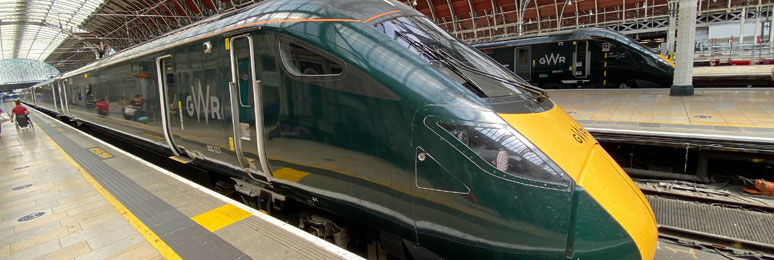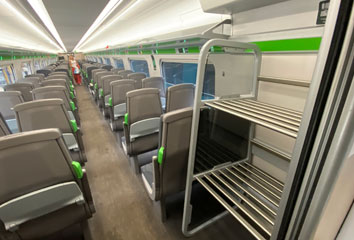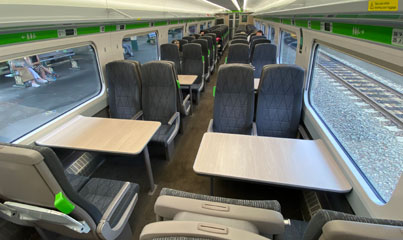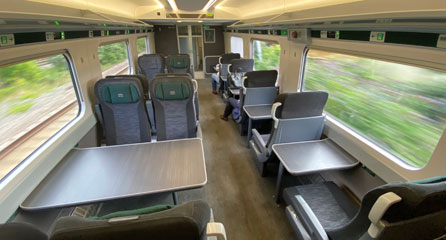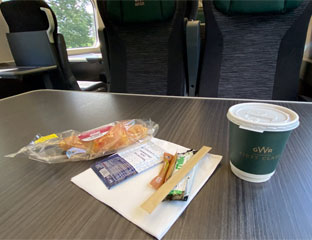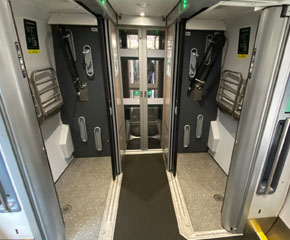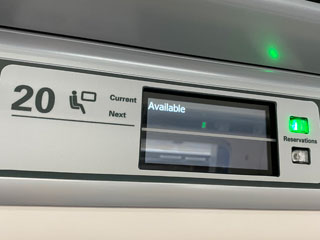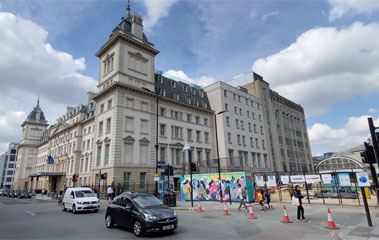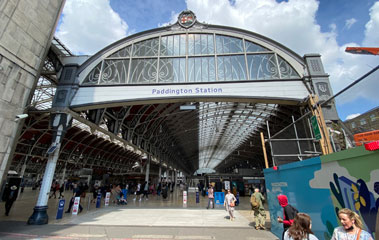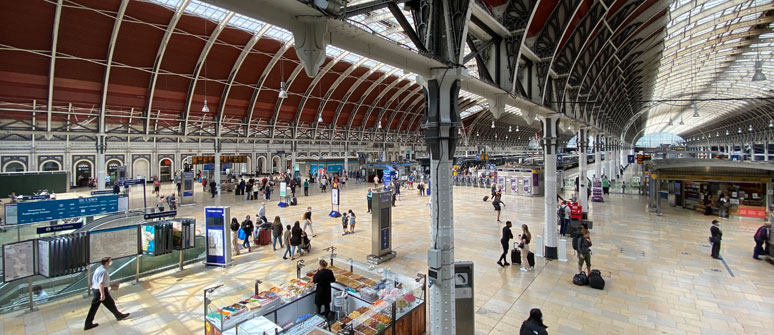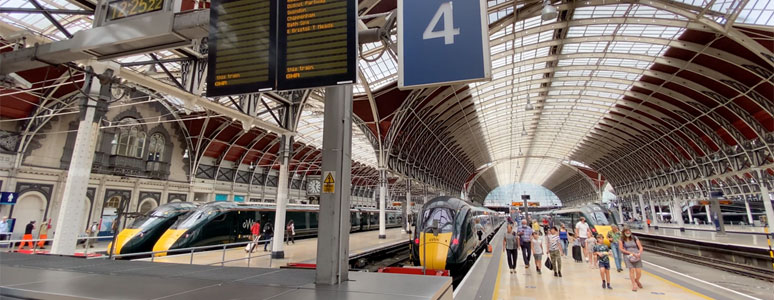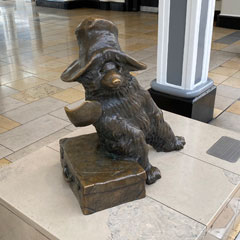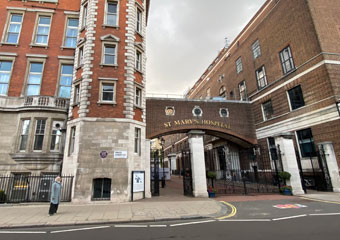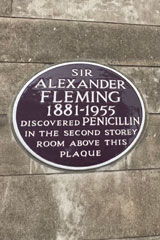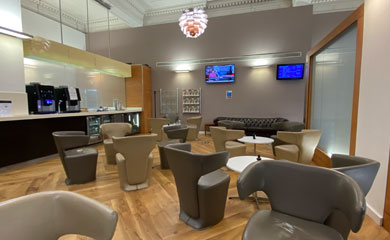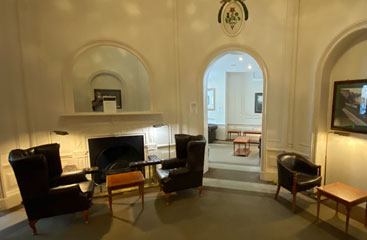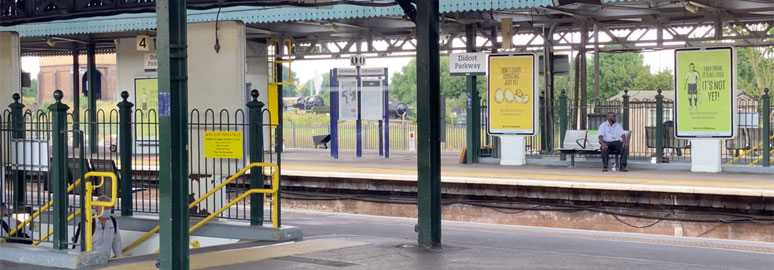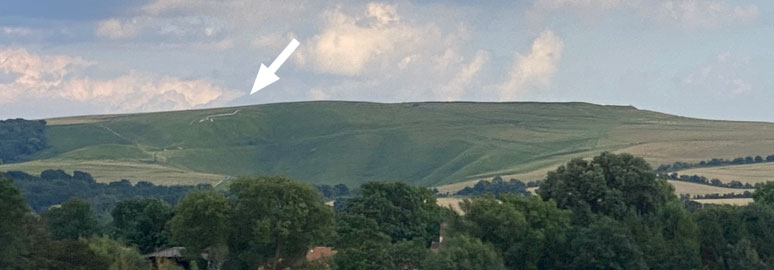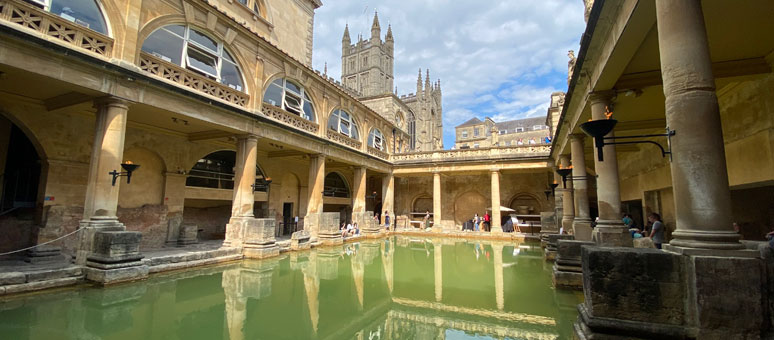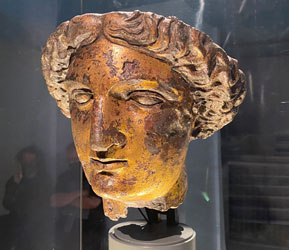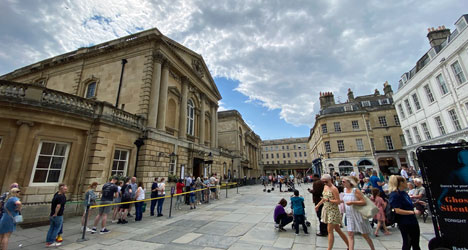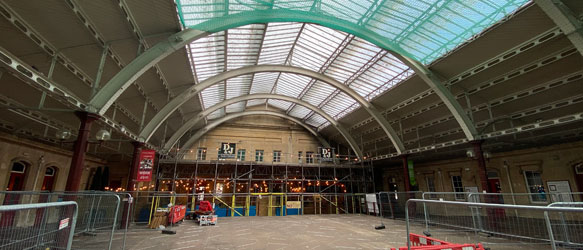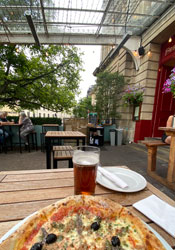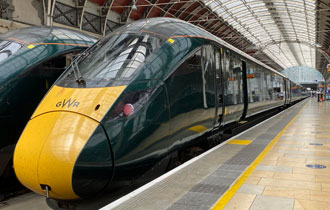 |
|
|
Buy tickets from a train operator at official prices with no booking fee. For faster booking, enter PAD to BTH Bookings open 8-12 weeks ahead. If you select E-ticket you can show the ticket on your phone or laptop. What are Advance, Off-Peak & Anytime fares? Can't find cheap fares? See the advice here If you prefer, you can collect your tickets from the self-service machines: Touch collect tickets on the screen, insert your credit card, enter the reference & tickets will print. You need the original credit card. |
|
London to Bath from £25.00
A Great Western high-speed train links London & Bath every 30 minutes through the day, 106 miles in around 1h22, city centre to city centre at up to 125 mph. This page helps you buy the cheapest tickets and get the most from the journey.
Train times
-
Trains leave London Paddington for Bath almost every half-hour through the day, taking 1h22.
-
Check train times at any train operator site such as tfw.wales or www.gwr.com. Booking for British trains usually opens up to 3 months ahead.
-
Route map: See map of the UK train network.
-
Station location maps: London Paddington map. Bath Spa station & city map.
How much does it cost?
-
If you book in advance, no refunds, specified train only
2nd class from £25.00 each way.
1st class from £45.50 each way.
Advance fares are only good for the specified train, no refunds, limited changes, price varies depending how far ahead you book & how popular that date, day or time is, just like air fares.
-
If you buy a ticket on the day or want to stay flexible
Anytime = £129.30 one-way or £258.60 one month return, good for any train you like.
Off-Peak = £63.60 one-way or £104.70 one month return.
Super Off-Peak = £43.80 one-way or £75.90 one month return.
Off-Peak & Super Off-Peak are good for any train at weekends, and for any train on Mondays-Fridays apart from those leaving in the morning & afternoon business peaks, check time restrictions online.
Super Off-peak, Off-Peak & Anytime tickets have unlimited availability & a fixed price, they cannot sell out. You can use them with or without a reservation on any train on which they are valid. That time restriction was correct when written, but check when you buy.
-
Slower cheaper route from London Waterloo via Salisbury & Warminster.
This takes around 3h10 and means a change of train at Salisbury, but it's a cheaper route, especially if you need to travel at peak periods. But it's well hidden in booking systems! To find train times & fares, use www.nationalrail.co.uk, enter WAT to BTH, click More options... and enter Salisbury as a Go via.
How to buy tickets
-
Buy tickets at any train operator site such as tfw.wales and pay the official price with no booking fee.
Tip: For faster booking, enter PAD to BTH. International payment cards no problem. Select E-ticket to show the ticket on your phone, tablet or laptop. Or collect from ticket machines at London Paddington & most other British stations. You'll find train seat maps here. Train operators' own websites such as tfw.wales sell tickets for all routes & all operators at the official prices with no added fees.
-
You can also buy at independent retailer www.thetrainline.com, with small booking fee, international credit cards no problem.
What are the trains like?
GWR introduced its new class 800 & 802 trains in 2017-2020, replacing InterCity 125 trains from the late 1970s. Built by Hitachi, the trains are hybrids so can run on electric power from overhead wires, or on electricity generated by their own own underfloor diesel engines. At the time I write this, trains leave London under electric power and switch to diesel just before Chippenham.
A GWR train from to Bath at London Paddington platform 1.
Standard class. There are luggage racks like this in both classes. Click the images for larger photos.
First class, with complimentary tea & coffee. Click the image for larger photo.
London Paddington
Paddington is the London terminus for trains heading west to Devon, Cornwall, Bath, Bristol, Cardiff & Swansea. There's been a station here since 1838, but the current building and trainshed date from 1854. You can find a plan of the station at www.nationalrail.co.uk/stations, enter PAD.
The buffers have been moved back from their original position, to create a larger concourse. Access to/from the platforms is though automatic ticket gates, so have your ticket handy. You can just about see the row of ticket gates in the background, in front of the platforms.
Brunel's magnificent arched roofs at Paddington station, showing platforms 1-5.
Paddington Bear: Say hello to Paddington Bear a little way along platform 1, the children's book character created by author Michael Bond in 1958. Paddington Bear comes from Darkest Peru, he was found at Paddington station by the Brown family, wearing a luggage label which said "Please look after this bear". More information.
The discovery of Penicillin: If you wander a mere 100m along Praed Street to St Mary's hospital, you can see where history was made. More information.
First class lounge
If you have a first class ticket you can use the GWR First Class Lounge on platform 1. Enter the lounge and show your ticket to the staff at the reception desk. The main part of the lounge is a large modern room with easy chairs, tables, workstations with charging points for laptops & mobiles, and televisions showing BBC news. There is complimentary tea, coffee, water, juice, biscuits, sandwiches and free WiFi.
It's open 06:00-23:30 Monday-Friday, 06:00-21:00 Saturday, 10:00-23:30 Sundays & holidays.
Queen Victoria's waiting room: There's an older, nicer part of the lounge. After the reception desk, instead of turning left into the modern lounge, walk on into a quiet annexe with leather armchairs. This was Queen Victoria's waiting room, beautifully restored and made part of the first class lounge. I recommend getting some drinks and snacks from the modern part and sitting in this quieter part. If it was good enough for Queen Victoria... You may find this part roped off after 21:00.
Entrance to the GWR first class lounge on platform 1. Note the impressive war memorial a little further on.
What to see between London & Bath
Paddington station (0 miles): As you board, take a moment to admire Isambard Kingdom Brunel's magnificent station roof, dating from 1854. Make sure you've paid your respects to Paddington Bear on platform 1! You'll be travelling over the celebrated Great Western Railway (GWR), engineered by Brunel and opened in 1838. Incidentally, the current train operator is called GWR, but it isn't directly descended from the original company, simply a modern branding that respects the heritage.
Old Oak Common (3 miles): A few minutes after leaving Paddington, the train passes through Old Oak Common. The old GWR's main London depot was here on the right, today you'll see a depot for Crossrail trains on the right and North Pole depot on the left. North Pole was originally Eurostar's main depot (when Eurostars ran out of Waterloo), it's now the depot where GWR maintains their class 800 & 802 trains including the train you are on.
Slough (18 miles): The train speeds non-stop through Slough, 18 miles from London. The branch line train to Windsor leaves from here. Slough was the setting for the UK version of the TV series The Office.
Crossing the Thames at Maidenhead (23 miles): Between Taplow & Maidenhead (both passed through non-stop), the train crosses the river Thames on a 256' (78m) long bridge. Designed by Brunel and built in 1838, the bridge features a daringly flat brick arch, so controversially flat when it was built that Brunel's horrified critics claimed it was unsafe. Brunel seems to have been right, his bridge is still carrying mainline trains at up to 125mph over 180 years later! The bridge features in a famous painting by J. M. W. Turner, Rain, Steam and Speed. More about this bridge. Below: Crossing the Thames on Maidenhead bridge.
Reading (35 miles): The train stops at Reading, a large railway junction and major town in its own right. More people now commute into Reading than commute from it to London. T E Lawrence (Lawrence of Arabia) famously lost the first draft of his book, the Seven Pillars of Wisdom, in the refreshment rooms at Reading station in December 1919.
Didcot Parkway (53 miles): Most London-Bath trains call at Didcot Parkway. The GWR line to Oxford branches off here to the right, in fact it branches off twice, once immediately before the station and again just afterwards for trains that need to stop at Didcot. A GWR steam locomotive depot used to occupy the area between the two lines, and this has now become Didcot Railway Centre, www.didcotrailwaycentre.org.uk. Look to your right and you may glimpse steam locomotives in steam (look carefully at the photo below). The huge water tower bears the legend Didcot Railway Centre.
The Uffington White Horse (approx 85 miles): If you look to your left half way between Didcot & Swindon, you'll see a ridge of hills to the south. If you look carefully you can make out the famous Bronze Age Uffington White Horse. The outline of the horse is created with trenches filled with chalk to a surprising depth, some of the material has been excavated and dated to 1380-550 BC. See the photo below - the horse is easier to spot when the chalk has been freshly cleared and if you know what you are looking for. More about the Uffington White Horse.
Swindon (77 miles): Most trains call at Swindon. The GWR's main works were situated here from 1843 until they closed in 1986, and most of the GWR's steam locomotives were built here. The works transformed Swindon from a small village into the large town you see today. The old works buildings are on the right just after leaving Swindon station. In the early days of the GWR, Swindon was notorious as all trains were required to stop here for 45 minutes so passengers could use the refreshment rooms, under a contract between the GWR and the owner of the buffet. The GWR spent some time digging itself out of that contract! More about Swindon works.
Chippenham (93 miles): The train switches from electric to diesel power just before calling at Chippenham, where the overhead electric wires currently finish. You'll feel the diesels under the floor as the train accelerates away from Chippenham station.
Box Tunnel (approx 100 miles): Box Tunnel is the most significant engineering feat on Brunel's Great Western Railway, and the only significant tunnel between London & Bath. It was the longest railway tunnel in the world when it opened in 1841, 1.8 miles (2.95 km) long, and today both east & west portals are Grade II listed. It is said that Brunel aligned Box Tunnel so that the rising sun would always shine directly through it from end to end on his birthday every year. It's a great story and entirely in keeping with Brunel's character, but sadly the theory has recently been disproved. More about Box Tunnel.
Bath Spa station (106 miles): You arrive at Bath Spa station, now Bath's only station. Opened in 1840 as plain Bath, it was renamed Bath Spa in 1949 to distinguish it from the Midland Railway's now-closed Bath Green Park station, which had itself been plain Bath until 1951. The station is a Grade II listed building. More about Bath Spa station. Bath Spa station only has 2 platforms. You arrive on platform 1 on the south side of the station, you use the pedestrian subway under the tracks to reach the exit onto the street. When returning to London, your train will go from platform 2, on the side of the station closest to the town and main station entrance.
Travel tips
-
1st or standard class? Standard class is absolutely fine and it's the way most people go, although like many people I find the standard class seats on GWR's new trains rather hard. First class is usually priced for business travel, but has much more comfortable seats and if you pre-book you can find some affordable 1st class Advance fares. First class gets you wider softer seats with more legroom, fewer families & kids and more businessmen & laptops. You'll get complimentary tea, coffee and biscuits served at your seat. In first class you can choose a solo seat if you're travelling alone or a face-to-face table for two, by far the nicest arrangement for couples.
-
First class lounge: Another benefit of first class is that you can use the GWR first class lounge at London Paddington before departure or after arrival on your return, with complimentary tea, coffee, juice, water & free WiFi. It means you can wait for your train in what was once Queen Victoria's royal waiting room, as explained here!
-
Train seat maps: You'll find seat maps here for the GWR class 800 & 802 trains used on all London-Bath departures. Some trains are 5-car, some 9-car and some 2 x 5-car, but there's no easy way to determine the planned formation for a given train.
-
Which platform for your train in London? At London Paddington, trains to Bath usually leave from platforms 1 to 5. Platforms 6 & 7 are used by the Heathrow Express, platforms 8 & up are usually used by suburban trains. Trains typically board 10-30 minutes before departure.
Tip: Look on the departure boards for a train to Bristol Temple Meads as that's the final destination of most trains from London to Bath, although it can sometimes be Weston-Super-Mare.
Tip: Platform numbers are only posted when they are certain, 10-30 minutes before departure. However, the website www.realtimetrains.co.uk and phone app UK Live Trains show the planned platform before the actual platform is posted, unlike the station departure boards (and most official apps) which keep you guessing until the last moment. If you know in advance what platform your train is expected to use, it reduces stress and you can position yourself ready near that platform. Just remember that the actual platform sometimes differs from planned!
-
Ticket gates: At both Paddington & Bath, you access the platforms through automatic ticket gates. If you have an orange hard-copy ticket, put it into the ticket slot. If you have a digital ticket, scan the barcode on the gate's scanner and the gate will open. There is at least one extra-wide gate in each gateline for those with luggage or in a wheelchair. If you have any problems or you have a non-standard ticket such as an Interrail pass, ask staff to let you through.
-
Which platform for your train in Bath? Returning from Bath, all trains to London leave from platform 2, on the same side of the station as the town and main station building.
-
Food & drink at Paddington station: There are plenty of food outlets around the station. There's also an M&S Simply Food minimarket in the retail area behind the glass wall, in the area traditionally known as The Lawn. You can find a plan of the station & its food outlets at www.nationalrail.co.uk/stations_destinations, enter PAD (please let me know if that link stops working).
-
Food & drink at Bath Spa station: There are food outlets in the station, and some modern brasserie-style restaurants next door. The bar at the Royal Hotel directly across the road from the station also makes a good place for a coffee or beer if you've time to kill before your train.
-
Food & drink on the train: There are no buffet counters on GWR's class 800 & 802 trains, but a refreshment trolley usually goes up and down the train selling tea, coffee, beer, wine, snacks & sandwiches.
-
WiFi & power sockets: There's free WiFi & power sockets at all seats in both classes. First class seats also have USB ports.
-
Luggage & bikes: You can take whatever luggage you like within reason, there are no weight limits and no-one will measure your bags, just remember you have to handle them yourself, taking your bags onto the train and putting it on the luggage racks, see the photos above. The overhead racks above your seat take anything up to & including backpack-size, the racks at the end of the car inside the entrance doors take larger suitcases. London-Bath trains also carry bikes in a bike rack area, reservation is necessary, you can add a bike to your booking at www.gwr.com or you can reserve your bike after buying tickets, by calling GWR.
Roman baths
The Roman Baths are the highlight of a visit to Bath. The bath and temple complex of Aquae Sulis was a major centre in Roman Britain, built over a natural hot spring. The baths were in use from around 60 AD until the end of Roman rule in the 5th century AD, but they fell into ruins soon afterwards. The baths were excavated in the 19th century, and it was then that the above-ground buildings were added. For tickets & information, see www.romanbaths.co.uk. See location map.
The Great Bath, at the centre of the complex.
Royal Crescent
The highlight of Georgian Bath, the famous Royal Crescent is a series 30 terraced houses built between 1767 & 1774. It's Grade I listed and one of the greatest examples of Georgian architecture in Britain. More about the Royal Crescent. See location map. If you're in the money, you can stay here as two of the former townhouses in the Crescent have been turned into the 5-star Royal Crescent Hotel & Spa.
Bath's forgotten station
Bath now only has one railway station, but it used to have two. The Midland Railway built a pretty Georgian-style terminus in 1870, named Bath Queen Square for most of its life, renamed Bath Green Park in 1951. It closed to passengers in 1966, although freight used the station until 1971. The station had its own local Midland Railway route into Bristol, and for many years the famous Pines Express called here on its way from Manchester to Bournemouth via the slow and rural Somerset & Dorset Railway, which also closed in 1966. The trainshed is now used as a market place and supermarket car park. The booking hall and forecourt are now a brasserie, home of the Bath Pizza Co. A good place for a beer and/or pizza, see www.greenparkbrasserie.com. More about the old station. See location map.
Watch the video
Suggested hotels in Bath
The Royal Crescent Hotel & Spa gets superb reviews and is part of Bath's famous Royal Crescent - why just visit it when you can stay in it? Although as you'd expect it's an upmarket hotel with a price to match.
The Gainsborough Hotel Bath is less expensive but still upmarket, a short walk from the station and just a stone's throw from the Roman Baths.
Cheaper options include The Royal Hotel, directly across the road from the station with good reviews. The Hotel Indigo - Bath is a short walk from the station, with even better reviews.


